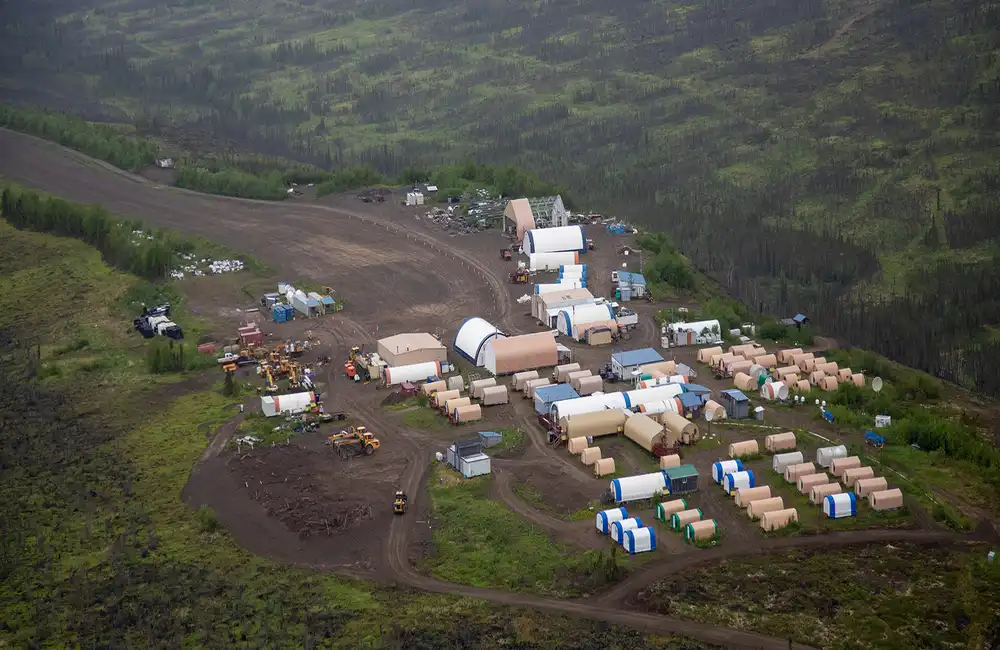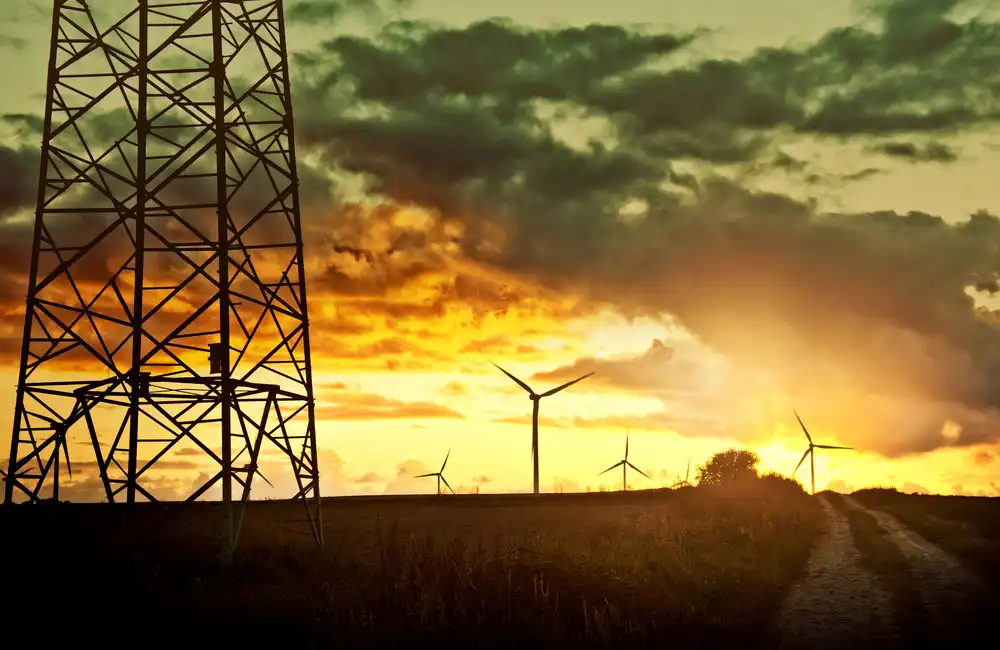The development has the potential to supply electricity to around 6 million homes which represents a considerable step toward achieving net-zero emissions goals.
The financial viability of the project combined with its £40 billion cost estimate questions its appeal to investors because of persistent funding challenges.
Project Overview and Cost Escalation
The Sizewell C project plans to establish two reactors which will implement EPR technology similar to that utilised at Hinkley Point C. The plant will deliver six decades of low-carbon electricity while helping the UK minimise fossil fuel use and achieve climate objectives.
Sizewell C's budget estimate rose from an initial £20 billion projection to £40 billion according to reports from the Financial Times and Reuters. The spike in costs stems from challenges such as inflation, supply chain disruptions and material cost increases combined with labour shortages. The dramatic cost escalation triggers concerns about budget overruns while simultaneously intensifying the need to obtain sufficient financial backing from government and private investors.
Government Involvement and Funding Structure
Sizewell C's development receives strong backing from the UK government because it plays a vital role in establishing secure and sustainable energy futures. The government has invested 20% equity in the project while lead developer EDF Energy maintains a comparable stake. Private investors are expected to provide the remaining financing but attracting their participation presents distinct obstacles.
The Regulated Asset Base (RAB) model stands as a key element of the funding strategy since it enables developers to recover construction costs by transferring part of the financial load to consumers. The mechanism aims to lower investment risk and attract private investors but has faced scrutiny because it might lead to higher utility costs. The government allocated support for the project's development through up to £7.22 billion in subsidies to ensure the completion of Sizewell C.
The significant initial investment requirements combined with the prolonged construction period (projected to exceed ten years) have made institutional investors cautious which makes funding acquisition even more challenging.
Investor Participation and Challenges
Sizewell C faces significant challenges in securing private capital because institutional investors like pension funds find the project too risky. Investors hesitate because they worry about long payback timelines alongside potential project delays and possible changes in political leadership. The troublesome development of nuclear projects like the Olkiluoto 3 reactor in Finland has increased investment community concerns due to its enduring delays and escalating costs.
The UK government has launched several measures to reassure investors about project risks. The government introduced investment protection policies which encompass legally binding returns through the RAB model and infrastructure bonds. Experts warn that while these measures aim to reduce investment risk they may not fully protect private investors who need more transparent profitability pathways.
Implications for the UK’s Energy Sector
The development of Sizewell C will crucially shape the future of the UK's energy supply system. The project will substantially enhance the nation's nuclear power capabilities and support the shift from high-carbon energy production to low-carbon electricity generation. The UK must depend on Sizewell C to deliver steady baseload power due to the unstable natural gas prices and reduced output from its ageing nuclear facilities.
Financial difficulties and possible delays in the project might impact wider energy policy initiatives. Opponents believe that a strong focus on mega-projects such as Sizewell C will shift resources and attention away from other clean energy technologies like wind power and solar energy. Careless management of these financial obstacles could decrease investor trust in the energy sector which would limit access to funds needed for grid decarbonisation projects.
Risks and Opportunities for Investors
Investors considering funding for Sizewell C need to evaluate both the risks and potential benefits of this long-term project. Key risks include:
- Cost Overruns: Construction expenses might surpass present projections which would subject investors to unexpected economic pressure.
- Regulatory and Policy Changes: Changes in energy policy or political leadership could alter both the financial structure and operational aspects of the project.
- Public Backlash: Investors who participate may face reputational damage because consumers bear the weight of RAB charges.
However, there are also substantial opportunities:
- Construction-Phase Investments: Investors can take advantage of infrastructure construction opportunities through the upfront capital requirement because these projects typically produce dependable returns after they begin operating.
- Energy Supply Contracts: Investors stand to gain from long-term contracts priced advantageously because the plant will maintain stable output throughout its decades of operation.
- Sustainability Credentials: Investors who join a flagship nuclear project gain strong standing in the ESG framework because this aligns with the growing emphasis on ethical investment practices worldwide.
Final Thoughts
Investors face substantial challenges while also finding attractive prospects through their involvement with the Sizewell C nuclear power station. Successful completion of this project would strengthen the UK's energy security and establish nuclear power as a fundamental component of the nation's climate strategy despite financial risk concerns.
Investors must weigh the risks of Sizewell C against its unique chance to participate in one of the UK's largest energy endeavours. Investors who are willing to tolerate extended periods of uncertainty can integrate crucial infrastructure into their investment portfolios which establishes strong positions in clean energy leadership.
The UK Department for Business, Energy & Industrial Strategy, EDF Energy, and Nuclear Engineering International will provide valuable updates about the Sizewell C project and its wider effects on energy and infrastructure investments.



















